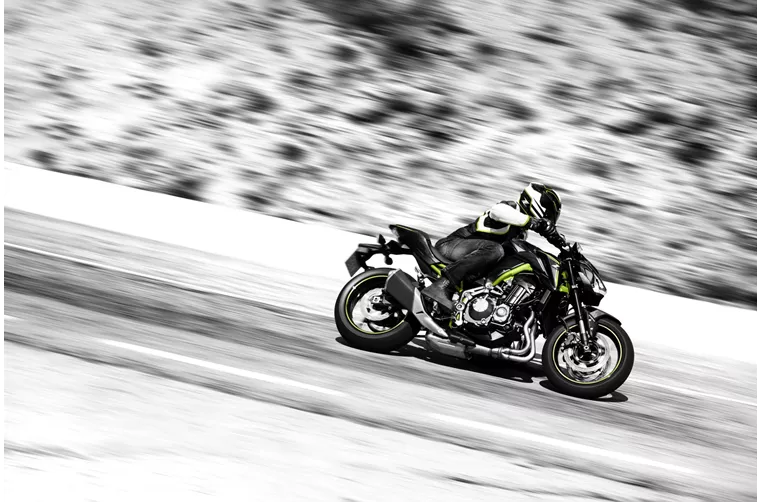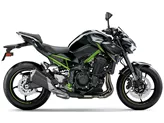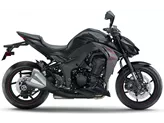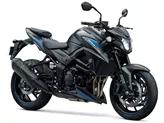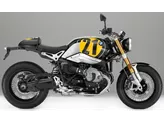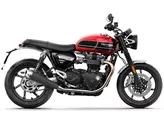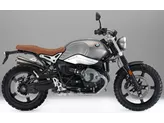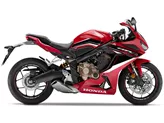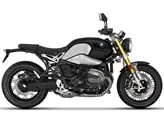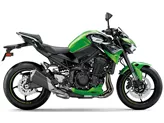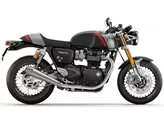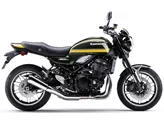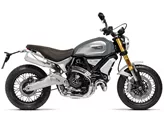Kawasaki Z900 2017 vs. BMW R nineT 2018
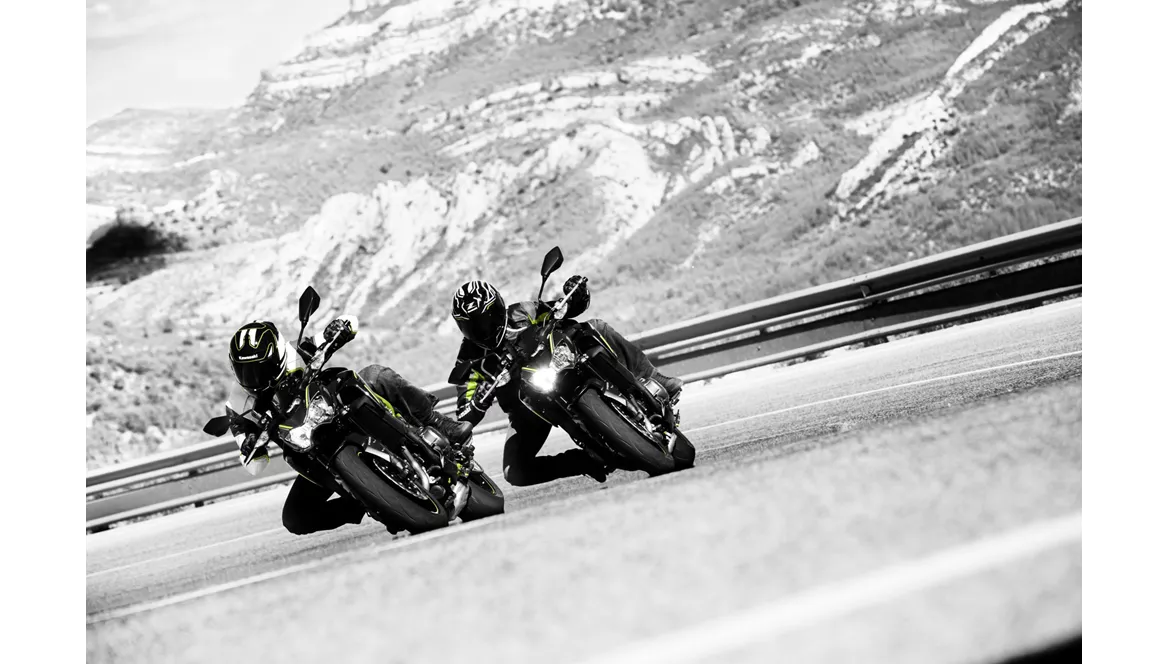
Kawasaki Z900 2017

BMW R nineT 2018
Overview - Kawasaki Z900 2017 vs BMW R nineT 2018
The Kawasaki Z900 2017 and the BMW R nineT 2018 are both naked bikes that offer a thrilling riding experience. However, they differ in various aspects, including their engine specifications, suspension systems, chassis design, braking technology, and dimensions.
In terms of engine specifications, the Kawasaki Z900 2017 is equipped with an inline four-cylinder engine that delivers 125.4 HP of power and 98.6 Nm of torque. On the other hand, the BMW R nineT 2018 features a boxer twin-cylinder engine that produces 110 HP of power and 116 Nm of torque. Both bikes have fuel injection systems and liquid cooling, ensuring optimal performance.
When it comes to suspension systems, both bikes feature upside-down telescopic forks at the front. However, the Kawasaki Z900 2017 has a swing arm suspension at the rear, while the BMW R nineT 2018 is equipped with a paralever suspension. Both bikes have monoshock absorbers, providing a smooth and comfortable ride.
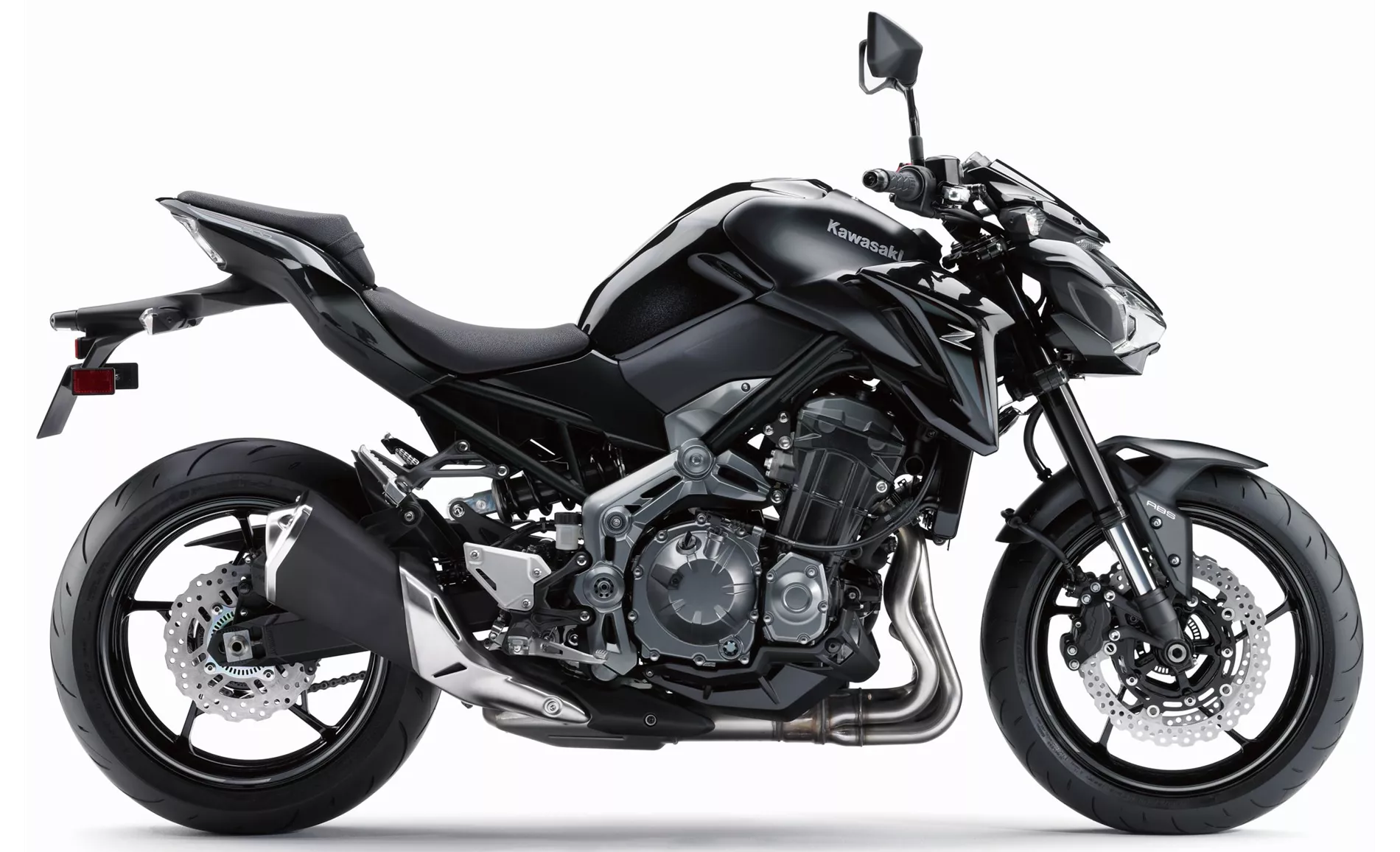
Kawasaki Z900 2017
In terms of chassis design, the Kawasaki Z900 2017 has a steel frame with a double cradle design, while the BMW R nineT 2018 has a steel tubular frame that also serves as a load-bearing engine. Both frames offer excellent stability and handling.
In terms of braking technology, both bikes have double disc brakes at the front with four-piston calipers. However, the BMW R nineT 2018 features radial brakes, which provide better braking performance and control. The Kawasaki Z900 2017, on the other hand, has petal brakes. Both bikes are equipped with ABS, ensuring safe and effective braking.
In terms of dimensions, the BMW R nineT 2018 has a slightly longer wheelbase of 1487 mm compared to the 1450 mm wheelbase of the Kawasaki Z900 2017. The seat height of the BMW R nineT 2018 is also slightly higher at 803 mm, while the Kawasaki Z900 2017 has a seat height of 795 mm. The kerb weight of the BMW R nineT 2018 is slightly higher at 222 kg, compared to the 210 kg kerb weight of the Kawasaki Z900 2017.
In terms of strengths, the Kawasaki Z900 2017 offers an ingenious naked bike chassis, superb looks, and a responsive engine with perfectly dimensioned torque. It also provides an optimal balance of performance, price, and practical use.

BMW R nineT 2018
On the other hand, the BMW R nineT 2018 boasts a boxer engine full of character, delivering powerful low-end torque. It offers a comfortable seating position, extensive equipment, and a large accessories market. Additionally, it has a cool and stylish look.
However, both bikes have their weaknesses. The Kawasaki Z900 2017 has a narrow knee angle, which may be uncomfortable for taller riders. To address this issue, a different seat can be ordered. The BMW R nineT 2018 has a footrest position that may be problematic when maneuvering and may cause discomfort for passengers. Additionally, the BMW R nineT 2018 is generally more expensive compared to the Kawasaki Z900 2017.
In conclusion, the Kawasaki Z900 2017 and the BMW R nineT 2018 are both impressive naked bikes, each with its own strengths and weaknesses. The Kawasaki Z900 2017 excels in its chassis design, engine performance, and overall practicality. On the other hand, the BMW R nineT 2018 offers a unique character, comfortable seating position, and extensive equipment options. Ultimately, the choice between the two will depend on the rider's preferences and priorities.
Technical Specifications Kawasaki Z900 2017 compared to BMW R nineT 2018
Pros and Cons in comparison
Pros and Cons in comparison
Kawasaki Z900 2017
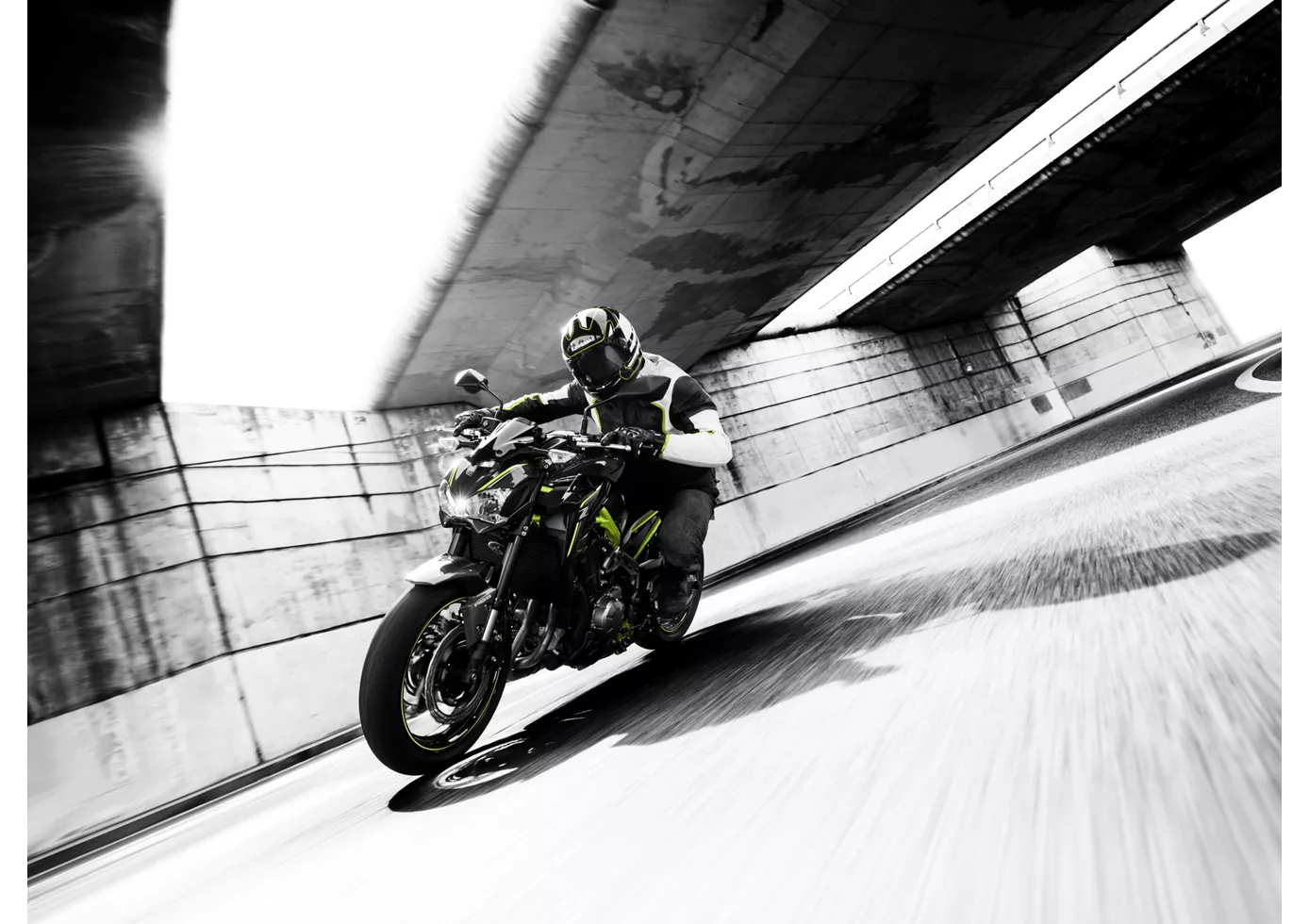
An incredibly well-designed motorbike. A lot of test work and attention to detail went into it. It has exactly the right power, exactly the right chassis and exactly the right look. An all-round successful naked bike that will make you happy for a long time. If you like, you can ride it simply and faithfully, but if you want, you can also ride it really fast and it wheels like hell. Great!
BMW R nineT 2018

What more can be said about the BMW R nineT? Since its release in 2014, it has been a real perennial favourite in the customising scene and also at BMW itself. Its ingredients, however, are of very high quality and explain why the result is so coherent. The boxer engine, full of character, is a real joy every time you pull the throttle and, thanks to the wonderful sound, it never gets boring in the long run. Despite the relatively high weight, the BMW is pleasant to ride thanks to the high-quality chassis and finds a balanced mixture between cruiser and sporty naked bike. The look is of course a matter of taste, but the sales figures suggest that BMW must have done something right. And even if you don't like the standard look, accessories are a dime a dozen.
Price Comparison Avarage Market Price Kawasaki Z900 vs BMW R nineT
There are a few key differences between a Kawasaki Z900 2017 and a BMW R nineT 2018. In terms of price, the actual average price of a BMW R nineT 2018 is about 48% higher. A Kawasaki Z900 2017 experiences a loss of 530 GBP in one year of ownership. This is offset by a loss of 250 GBP for a BMW R nineT 2018. Compared to BMW R nineT 2018 there are more Kawasaki Z900 2017 bikes available on the 1000PS.de Marketplace, specifically 43 compared to 15. It takes less time to sell a Kawasaki Z900 with 85 days compared to 115 days for a BMW R nineT. Since model year 2017 1000PS.de editors have written 46 reviews for the Kawasaki Z900 and 57 reviews for the BMW R nineT since model year 2014. The first review for the Kawasaki Z900 was published on 11/11/2016 and now has more than 93,200 views. This compares to more than 17,000 views for the first review on BMW R nineT published on 17/10/2013.
